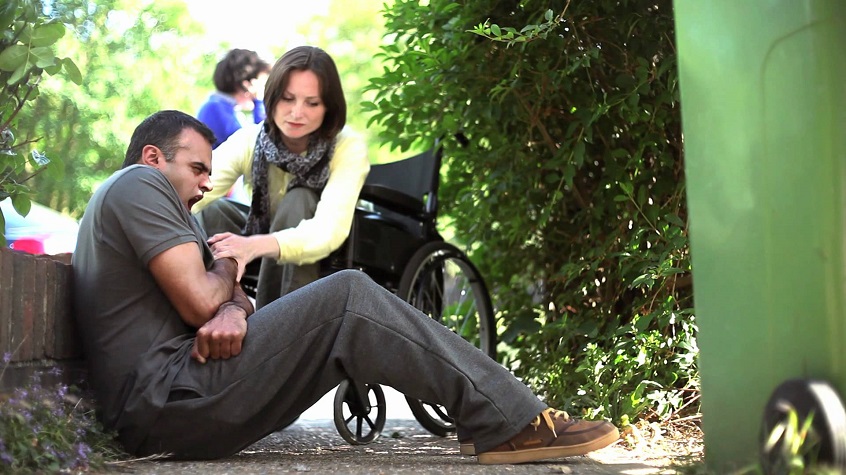
Stroke Aids That Can Aid Stroke Recovery
The National Stoke Foundation has predicted that in 2017 there will be more than 55 000 new and recurrent strokes and as much as 470 000 people living with the effects of stroke. In fact, stroke is the leading cause of disability in Australia. After a stroke has left a person disabled, what were once simple tasks now demand a lot of time and great effort. However, that doesn’t mean that the person cannot lead a normal life anymore.
With the help of adaptive equipment, a stroke survivor can redesign his daily life to fit his abilities. The increased awareness of the effects of stroke has resulted in a wide assortment of stroke aids that can assist in basic tasks such as dressing, grooming, feeding, toileting and mobility. The type and level of disability and the structure of the living environment determine the devices a person needs. The basic distinction of stroke aids is the following.
Mobility Aids
Patients with mild to moderate impairment which can move both arms and legs but have lack of balance and weakness problems can use support aids for walking. The most common and inexpensive ones are walking canes. But since hip problems can arise due to too much leaning on the cane, rolling walkers are a popular tool as well. On the other hand, people with severe mobility issues can move around with ease by using an electrical wheelchair or a scooter. Because of the prolonged sitting, wheelchairs and scooters should have seats designed to reduce pressure and prevent sores from developing.
Bathroom Help
For people who were left with balance and mobility difficulties after a stroke, using a bathroom can be a complicated and dangerous task. Toilet seats that are raised and have handles can make sitting and standing up from the toilet easier while also reduce the risk of falling down. Grips on the walls of the bathroom and in the shower can allow the person to support his body while standing upright. Bathing can be made easier and safer with shower chairs for walk-in showers. In bathrooms with bathtubs, a transfer tub bench that extends over the side can be more convenient. But if the stroke patient is unfit to physically go to the bathroom, a bedside commode can offer the convenience of a toilet right in the bedroom, and a portable bathtub can help with his washing needs.
Dining Tools
A person can enjoy their favourite meals without the need of assistance thanks to the right tools. Grip difficulties can be minimized with specialized utensil and cup handles. Scoop dishes can allow the person to make spoonfuls without food falling out. Non-spill cups, flexible spoons, knives and forks can make eating feel like a breeze once again.
Bedroom Adjustments
Following a stroke, the person needs time in bed in order to recover. And because strokes leave the brain tired, prolonged sleeping of 10 or more hours is a common thing with survivors. An ergonomic mattress can help prevent soreness in muscles and bones. While sitting up and getting out of the bed can be made easier with an adjustable bed. This type of bed is also useful for patients that have a peg tube or problems swallowing for it can keep their head in a raised position. An adjustable bed can be of great help for stroke patients with limited mobility and their carers.

